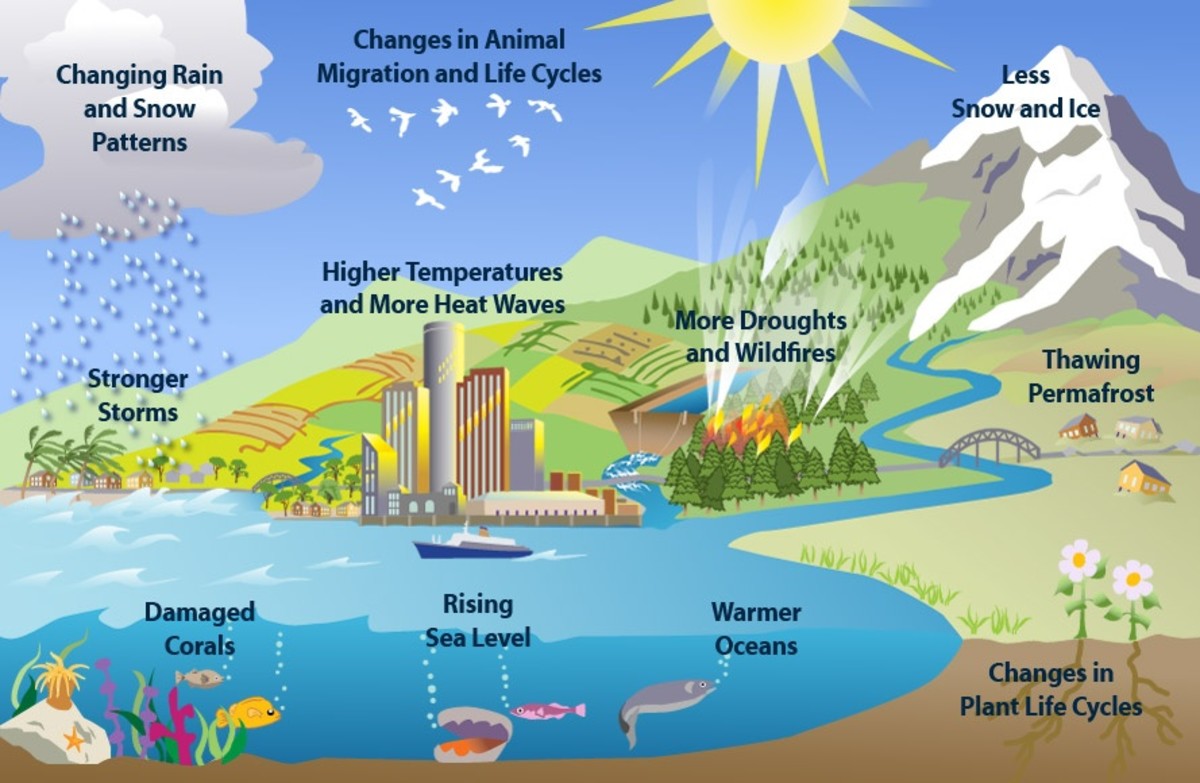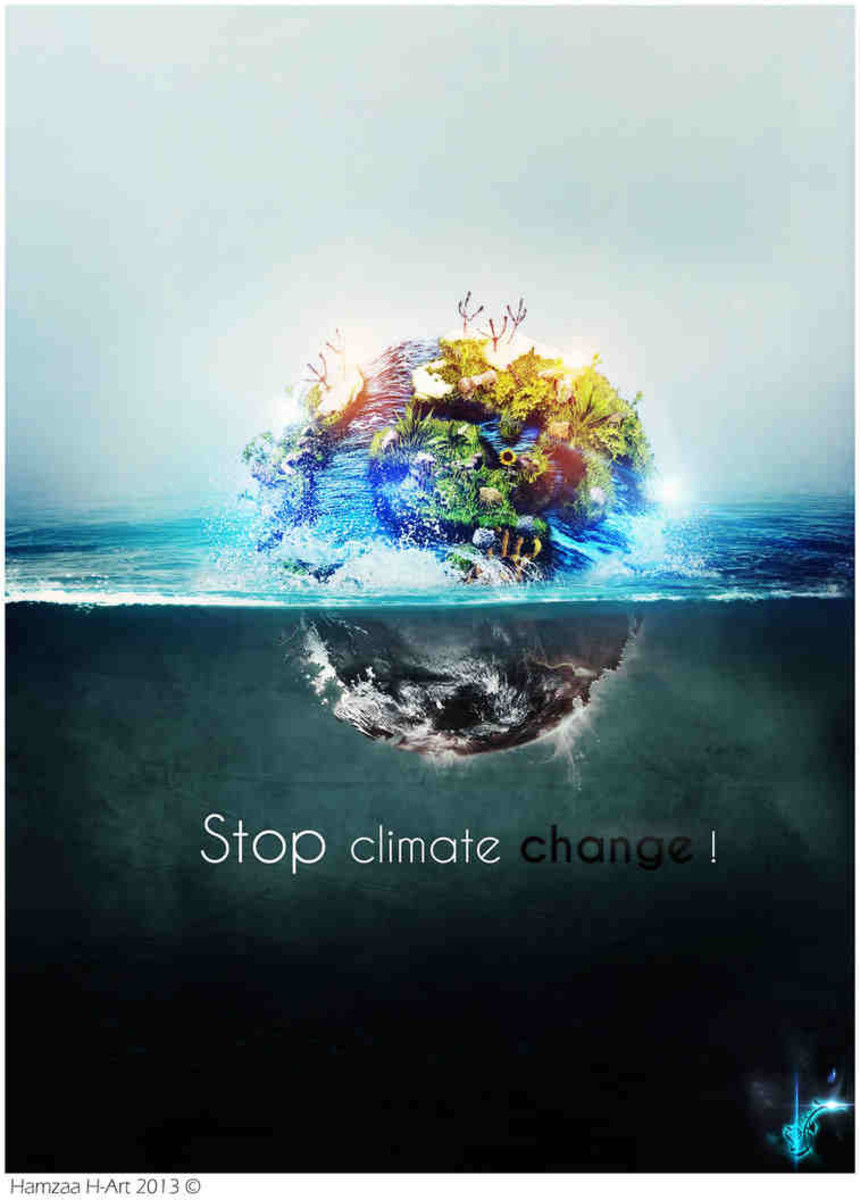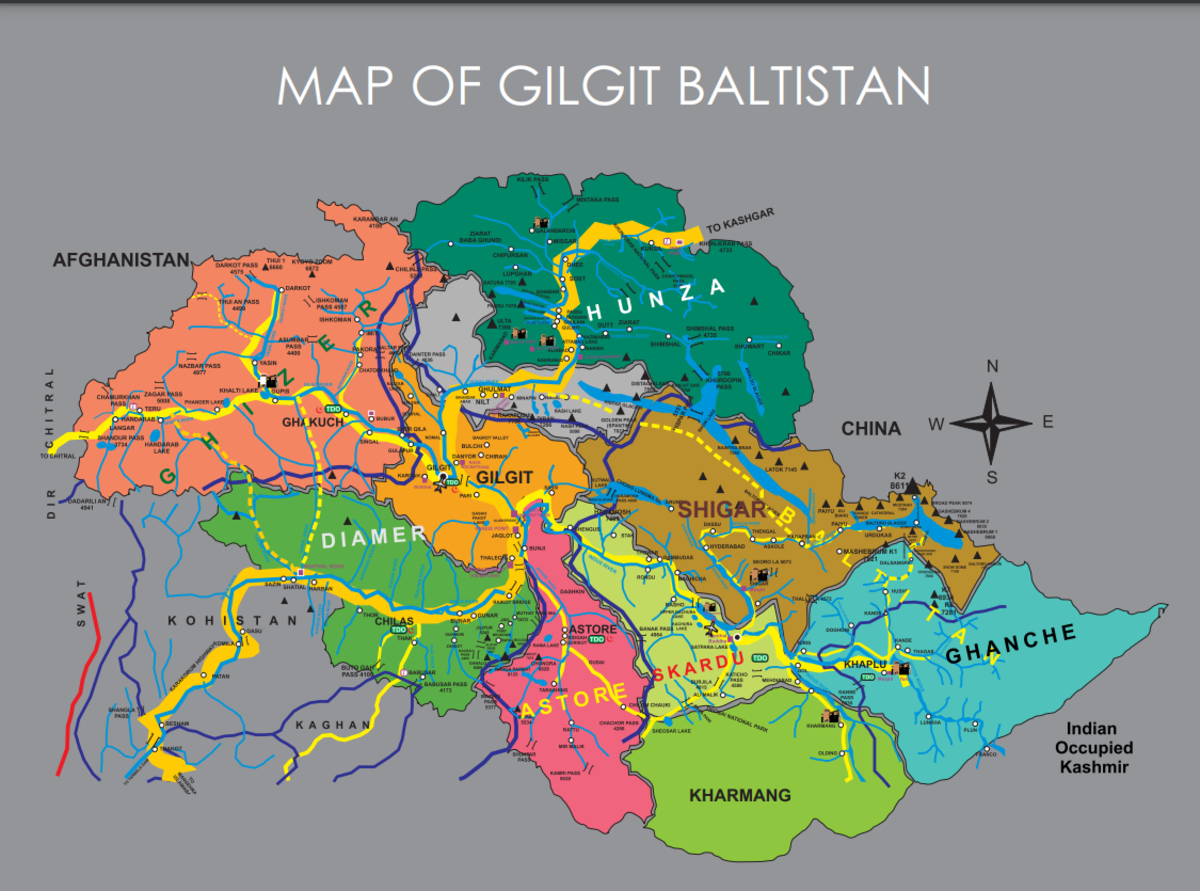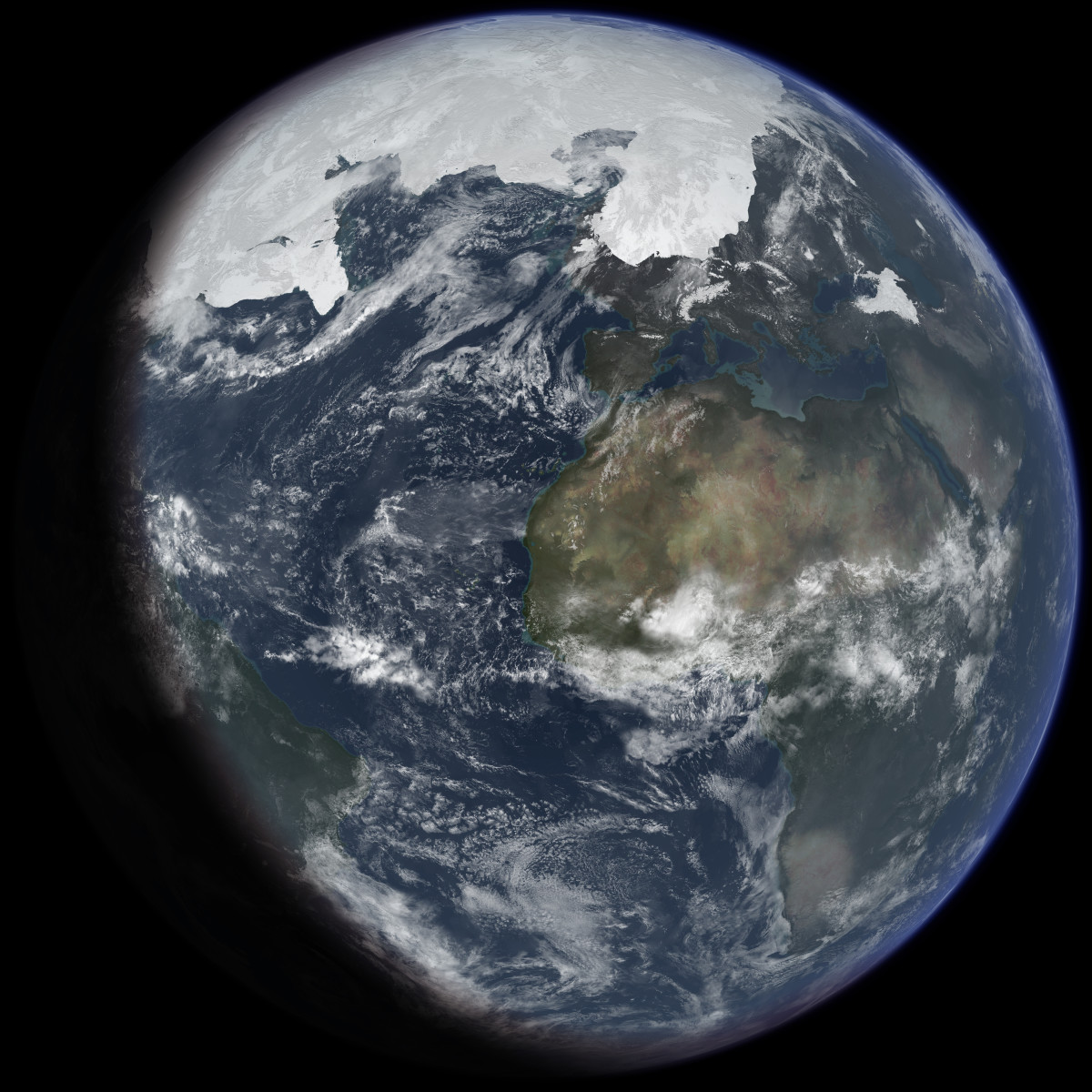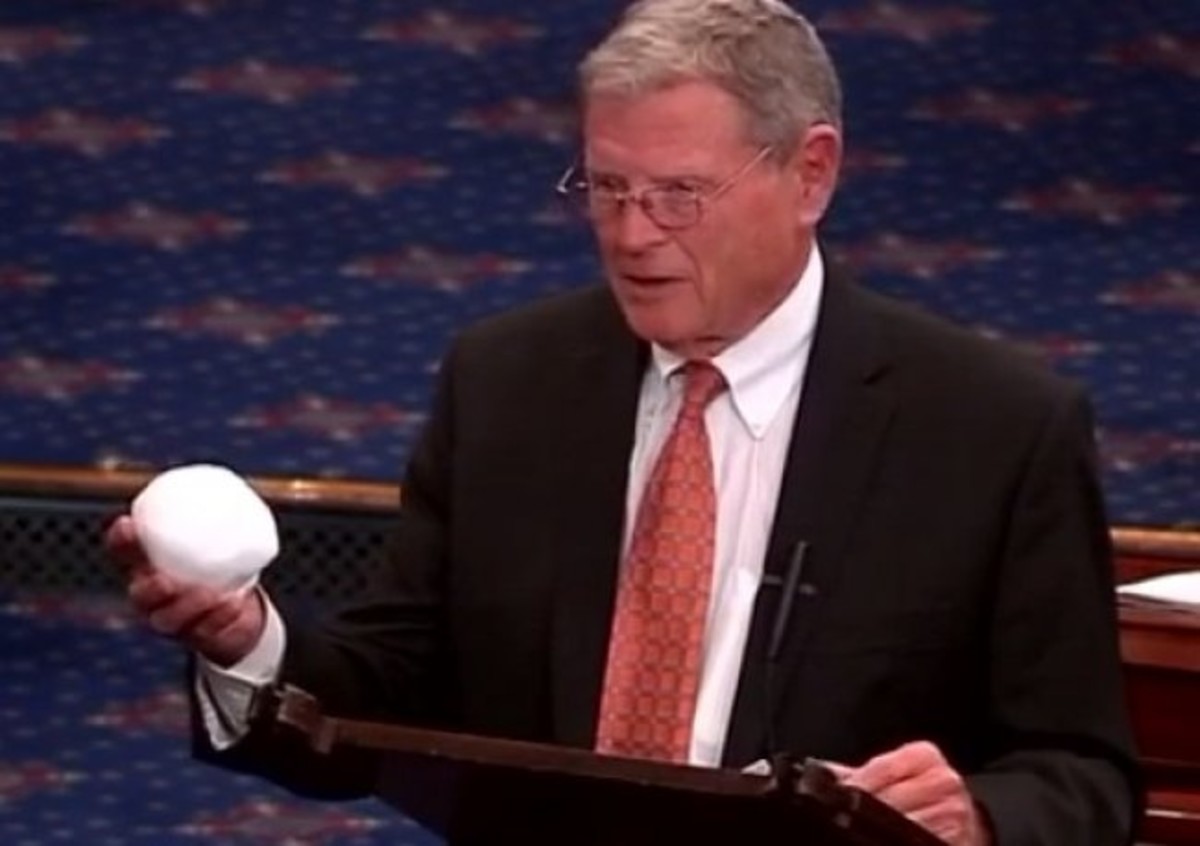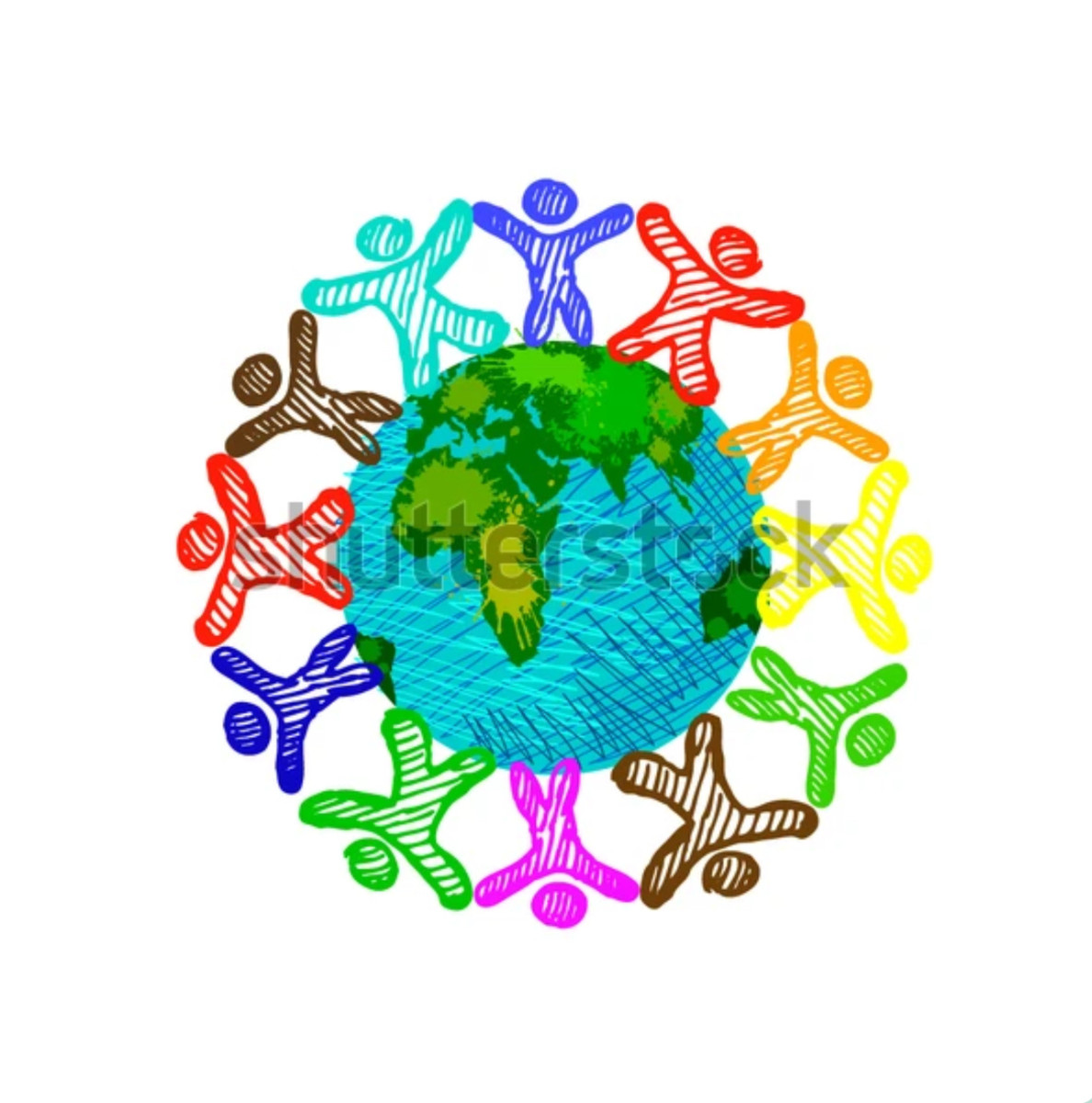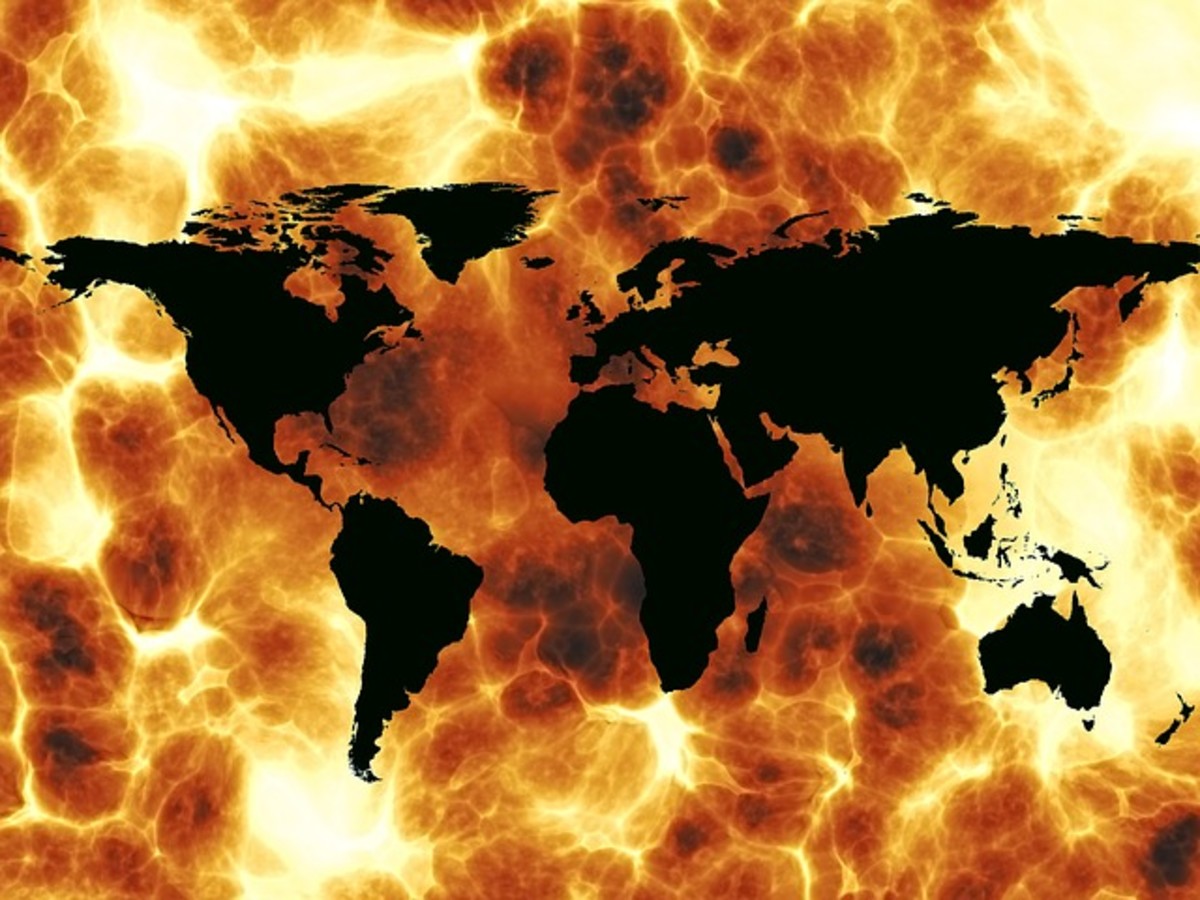The Effects of Global Climate Change on Indigenous People
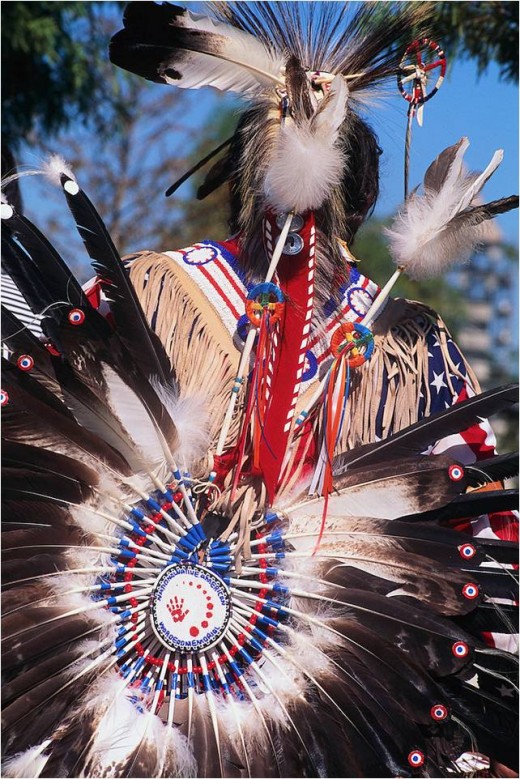
Hubs on Some More Fun Facts
- Ever Wonder What is in the Air We Breathe?
The air you breathe makes a difference. - You Are Currently Moving at about 1,000 mph!
Indigenous communities all over the world have had to cope with the effects of colonization but a new challenge may not only threaten their culture, heritage, and language but also the land many tribes and pueblos have fought to keep for centuries. Recent past, present, and future climate change has affected and will continue to affect global sea level, temperature, and precipitation. The effects are beginning to take place and the next century is projected to be much worse than the previous 20th century. The global population will be profoundly affected by these dramatic changes. More specifically, Indigenous people of the world, whose traditional way of life has, in some cases, only slightly adapted to the present day technological world, will be strongly affected. The Tuvalu island people of the South Central Pacific may lose their homeland to sea level rise. The Inuit people of far North America may lose their way of life. And the Pueblos and tribes of the Southwest United States may have to change a lifestyle that had sustained their ancestors in centuries past. Global climate change associated with rises in greenhouse gas emissions will affect them all.
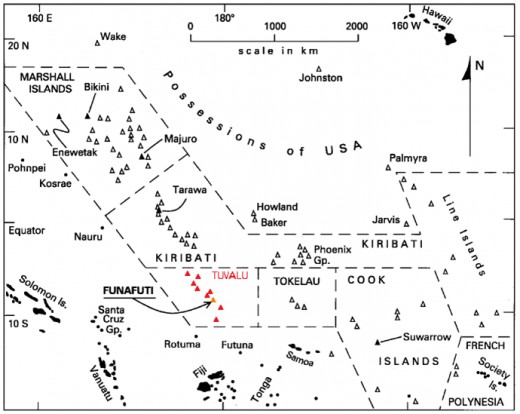
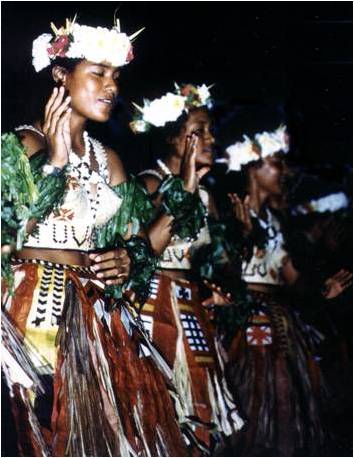
The People of Tuvalu
The indigenous people of Tuvalu live on nine atoll islands that make up the fourth smallest country in the world. They have lived in the southern Pacific for thousands of years. However, their tiny islands which stand an average of about 2 meters above sea level are in danger of being some of the first land masses on Earth to be swallowed by the oceans during the anticipated global sea level rise. The authority on climate change, the Intergovernmental Panel for Climate Change (IPCC), project global sea level to rise between 0.18 meters and 0.59 meters in the 21st century. These estimates are only estimates and if sea level rise is higher, Tuvalu could disappear within the next several decades. There may also be more flooding during tides, stronger storms and hurricanes, or other hazards known in the area will be amplified. If the projections are wrong, Tuvaluans will face the harsh reality of relocating to other nearby countries, such as New Zealand or Australia; the latter of whom has not openly recognized their willingness to accept the Tuvaluan refugees. This would mean a dramatic shift or end to their traditional indigenous way of life.

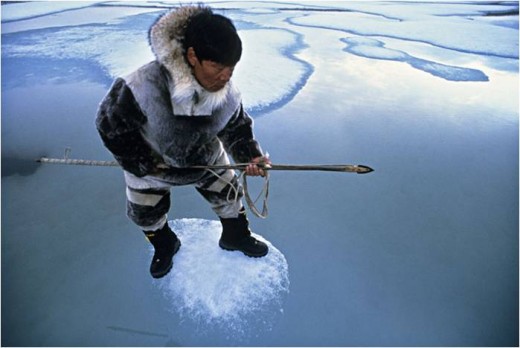
The Inuit People of Alaska and Northern Canada
The indigenous Inuit communitites of Alaska and northern Canada historically depend on natural resources for their survival. Hunting and fishing is a way of life there but the animals the Inuit depend on are quickly disappearing. The polar bear and sea lions that were once abundant are now on the endangered species list and fish are increasingly hard to come by. The North Pole is now crossable during parts of the year. This thinning and shrinking of glacial ice, caused by global warming, could mean the end of life as the Inuit people once knew it.

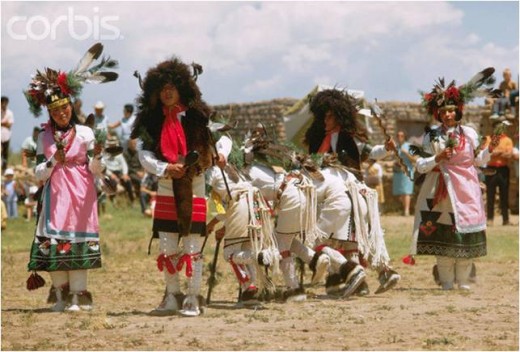
The American Indians of the Southwest
Tribes and pueblos throughout the southwest United States hav elived through centuries of drought in their native deserts. Like the saguero cactus, they have adapted to life in a place where water is the most precious resource the land can provide. Present IPCC reports predict that the southwest will only get drier. There will be drought comparable to that which could have caused the ancestral Puebloans to abandon Chaco Canyon and Mesa Verde. It is hard to tell how these American Indians will cope with such dramatic changes because nearby urban cities like Santa Fe, Phoenix, and Albuquerque must also cope with anticipated precipitation changes.
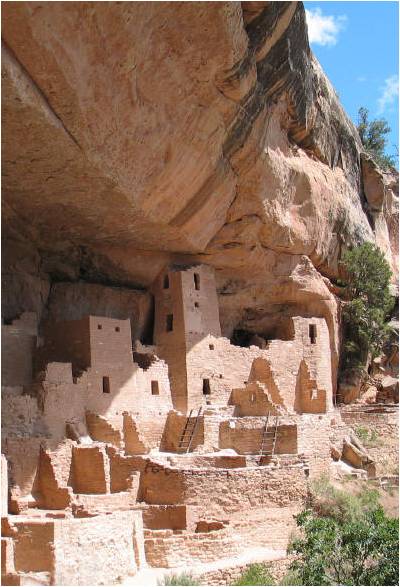
Hubs on "The Control of Nature"
- Cooling the Lava: The Battle to Save Heimaey
Read about the terrifying ordeal of waking up to an active volcano erupting just outside your front door and how a town was sacrificed. - Controlling Nature?
A look at John McPhee's several examples of failed attempts to control nature in "The Control of Nature." They are given to illustrate that people are the mercy of the elements.
If greenhouse gas emissions and subsequent global climate changes continue, the mythical Atlantis may become a reality for Tuvalu, the modernization strongly felt by tribes and Pueblos in the United States may become the way of life for the Inuit, and, just as the ancient Anasazi of the Chaco canyon settlement of western New Mexico in the United States moved to more fertile land, the tribes and Pueblos of the Southwest, along with the rest of the non-Indigenous Southwest population, may also have to relocate to urban cities or areas with plentiful supplies of natural resources and freshwater.
© 2012 morningstar18


